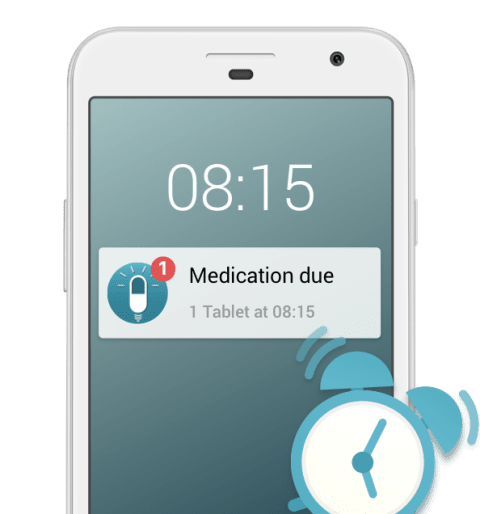Last year almost 20 million people died of coronary artery disease, known also as ischemic heart disease. Even more alarming is that this number rises by millions each year. It’s estimated that soon CAD will account for more than 1 in 5 of all deaths. Fortunately, this disease is largely preventable and, in some cases, curable. Read on to learn how the number of deaths caused by this disease could be reduced.
What makes coronary artery disease so dangerous?
To understand why coronary artery disease is so dangerous it is important to know exactly what it is. In the simplest of terms, CAD occurs anytime a major artery (one supplying the heart with blood) is damaged. In most cases, but not always, the build-up of cholesterol in arteries is the main culprit. Unfortunately, the build-up of cholesterol isn’t always noticeable, making CAD a stealthy and dangerous disease. That is why everyone should take steps to ensure they aren’t at risk of developing the disease. Otherwise, the first sign could be a significant event such as a heart attack. Later on, in this article, we’ll dive into the specific risk factors and causes, but most of them are linked to lifestyle choices that lead to poor cardiovascular health overall.
Even though symptoms are not always noticeable, there are symptoms to watch out for that could signal the development of CAD. If you begin noticing any of the following symptoms you should speak with your doctor.
- Extreme fatigue
- Dizziness
- Chest pain
- Heart palpitations
- Shortness of breath
- Swelling in your feet or legs
Unfortunately, part of what makes CAD so deadly is the lack of symptoms. Many of the above symptoms could either appear in only a minor form or not appear at all until a significant heart event, such as a heart attack, has already occurred.
While these symptoms may not constitute an immediate medical emergency, heart attacks can occur at any time, and knowing the signs can be lifesaving. If you experience unexplained pain in your shoulder or arm, severe chest pain, or jaw pain, it could be an early sign of a heart attack. If you think you are having a heart attack, you must seek immediate emergency medical attention.
What are the risk factors for developing coronary artery disease?
The best way to avoid becoming part of the millions affected by CAD every year is to know the risk factors, the causes, and how to lead a heart-healthy lifestyle. Below is a list of the known risk factors for developing CAD.
Age – As people get older, the risk of damaged or narrowed arteries increases. Therefore, patients over sixty years old should take special care to watch for symptoms and to live a healthy lifestyle.
Sex – Typically, men are at a higher risk for developing CAD. However, the risk for women does increase after they have gone through menopause.
Smoking – People who smoke are at a significantly higher risk of health issues related to their heart.
Hypertension – If hypertension is left untreated it can lead to narrowed blood flow channels, in turn leading to coronary artery disease.
High Cholesterol – High levels of the “bad” cholesterol, known as LDL, can lead to plaque forming on artery walls that leads to CAD.
Diabetes – Type 2 diabetes is associated with CAD and they share many risk factors.
Stress – Prolonged stress in a person’s life can damage the arteries as well as increasing the chance of developing other risk factors, such as hypertension.
Obesity – While obesity itself isn’t a cause of CAD, it worsens other risk factors that lead to developing the disease.
A Poor Diet – Consuming excessive saturated or trans fats can lead to an increased risk of developing CAD.
One of the things that make the risk factors of CAD so dangerous is the chain reaction that can occur. For instance, a patient who is a smoker or obese is likely to also develop other risk factors to further increase their chances of coronary artery disease. It is also possible that patients who live healthy lifestyles and aren’t affected by any of the above risk factors could develop coronary artery disease. However, it is much less likely.
How can coronary artery disease be treated?
Fortunately for patients who are diagnosed with coronary artery disease, it is treatable. However, the central approach to treating CAD revolves around reducing risk factors, which can often mean drastic lifestyle changes. For many patients, making changes such as quitting smoking can be challenging (click here if you need help quitting.) Patients will also be advised to exercise regularly, reduce alcohol consumption, lose weight (if overweight), and eat a healthy diet. Only after these routes of treatment have been exhausted, will a doctor typically move on to medical treatments.
Typically, medical treatment for CAD will be balloon angioplasty, coronary artery bypass graft surgery, or an enhanced external counterpulsation. All these procedures work to clear arteries and restore healthy blood flow. Unfortunately, each of these procedures does carry risks, but these risks are typically outweighed by the risks of not going through with treatment.
The obvious next question is, “what is the outlook for coronary artery disease?” The answer is that every outlook will be different. Patients who are diagnosed and follow through with implementing lifestyle changes have a substantially better outlook than those who do not. The most important thing for any patient is to follow the instructions of their doctor. If you don’t have CAD and are worried about getting it, you can actively work to reduce your risk factors today.
Here are some other articles we think you might enjoy:



